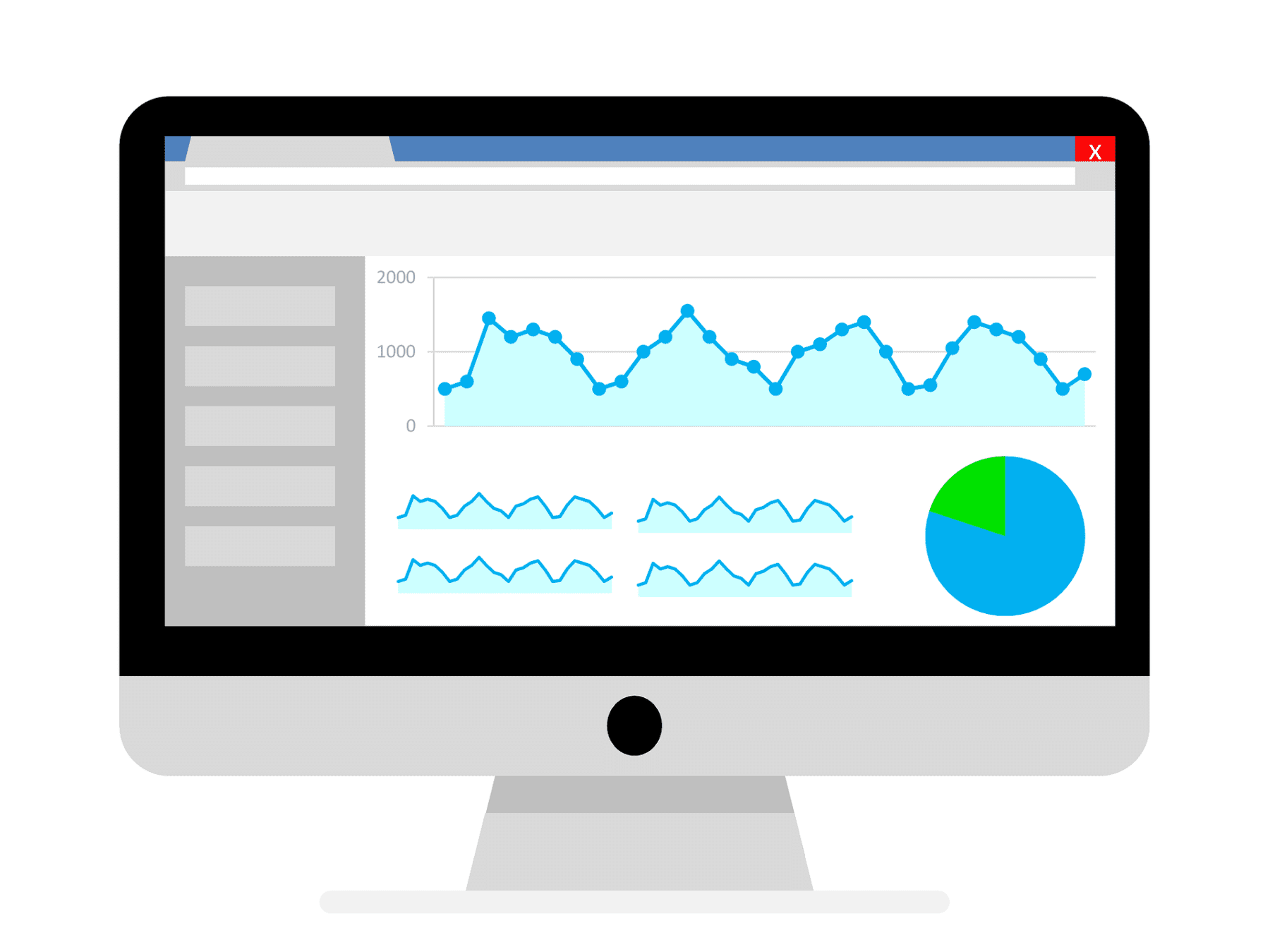Google offers the Google Grant for Google Ads, but another free resource your nonprofit should be utilizing is Google Analytics. Why should you use Google Analytics? The program can help you track who is interacting with your website and how, which provides the information you need to tailor your website to increase viewers. This is definitely a resource you want to take advantage of! Keep reading to find out how you can leverage Google Analytics to better understand how your website is communicating with your audience.
1. Bring Google Analytics to Your Website
To start using Google Analytics, the first step is to create an account, or if you already have an account, to visit your homepage on Analytics. Once you have your account, you will connect the account to your specific “property”—your website—to begin tracking. A tracking code is required for every page you plan to track. This code can be applied in a variety of ways:
- You can copy the code directly into the HTML code of your website.
- Your website’s platform may also have specific features to allow for Google Analytics tracking. For example, WordPress has a plugin that allows Nonprofit Megaphone to insert our Tracking ID on the website without editing the HTML code. Websites like SquareSpace also have similar features.
Once you have Analytics integrated with your website, you can begin using its features to understand and improve your organization’s online presence. To check whether your tracking code is installed properly, use Google Tag Assistant, a Chrome browser extension. When your tags appear in green as shown below, you are all set!
2. Set Your Goals
Google Analytics is all about setting goals and meeting them. In Analytics, under the Conversions tab on the left side of the screen, the program allows you to set goals for your website. To set up a goal, Analytics provides options to follow a template, create a custom goal, or develop a Smart Goal. For an example goal, Nonprofit Megaphone has visitors reaching our Contact page as one of our goals. When a user visits the page, Analytics translates that into a conversion for Goal 1.
A second goal we track on the Nonprofit Megaphone website is when visitors click to schedule a free consultation on our homepage. For this type of goal, we use Google Tag Manager, which allows organizations to track how many times visitors click buttons, watch videos, or download content. The program connects to Analytics, and when specific events occur—like a user clicking a button—this triggers a “tag” that is sent to Analytics and integrated with tracking conversions. For Nonprofit Megaphone, this occurs when a user clicks to schedule a free consultation with Nonprofit Megaphone, and Analytics translates that into a Goal 2 conversion.
The process for adding Tag Manager tracking to your website is similar to adding Analytics. After creating an account, you install a code on the website and then use Tag Manager to indicate which events should trigger sending a tag to Analytics. To learn more about creating tags with Google Tag Manager, watch Nonprofit Megaphone’s video explaining the step-by-step process linked here. Once you have set your goals in Analytics, the next step is interpreting the data you obtain.
3. Build on Your Successes
Google Analytics moves beyond allowing you to set your goals and to see if you’ve met them—the program helps your organization understand how you’ve achieved those goals. Meeting your goals is great, but the key to success is replicating the process, and then going even further by increasing your audience’s interactions with your site.
One way Analytics helps you do this is through following goal paths. Under the Conversions tab, you can track the path that visitors took to reach the destination page required to meet one of your goals. It shows if visitors most commonly came to your page directly from a search engine, from the direct website address, or whether another page on your website led them there. Additionally, visitors will often visit your website more than once before generating a conversion, and Analytics provides information like the most common number of visits before a conversion.
Beyond tracking how visitors engage with your nonprofit’s website, you can also track how Google AdWords brings those visitors to your site by integrating your Analytics account with Google Ads. If you’re not using Google Ads, you’ll first need to create an account, and as a nonprofit, you could be using the Google Grant to bring Google Ads to your organization for free. Nonprofit Megaphone specializes in acquiring the Google Grant, and our dedicated Google Grant Google Ads Managers help our clients to make the most of their accounts. We’d love to talk with you more in a free consultation about how the Google Grant could help your organization!
Once you’ve integrated Analytics with Google Ads, the software can help you understand which keywords and ads are performing best with users and turning those users into visitors on your website. Analytics can also segment data for targeting more specific audiences, giving you the data you need to craft ads directly for the people you want to reach.
With this information, your organization doesn’t need to wonder which ads and webpages are driving engagement and bringing your audience on a path toward generating conversions. Rather, you can move forward knowing which strategies you need to change and which strategies your organization can build upon. For Nonprofit Megaphone clients, our team will be with you every step of the way as you interpret the data from Analytics and channel that information into building a better website and creating effective Google Ads campaigns.








